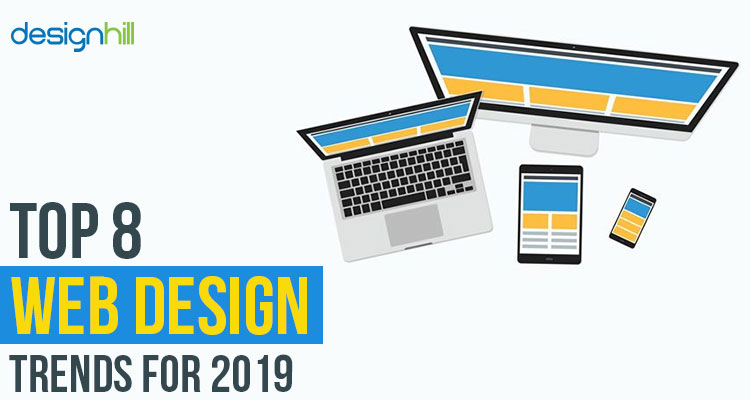Prepare Yourself To Journey Through Time And Find Exactly How Web Sites Have Actually Become Extra Sophisticated, Easy To Use, And Visually Spectacular
Prepare Yourself To Journey Through Time And Find Exactly How Web Sites Have Actually Become Extra Sophisticated, Easy To Use, And Visually Spectacular
Blog Article
Write-Up Developed By-Booker Hyldgaard
In the past, sites were easy and focused on info. Navigating was straight, and layout was for desktop computers. Currently, customer experience is crucial. Data overviews styles for easy navigating. Responsive formats match various tools. Today, dark setting lowers strain, and minimal menus improve navigating. Interactive functions involve customers, and strong visuals stand apart. AI combination enhances interaction. See exactly how style has developed to boost your online journey.
Early Days of Web Design
In the early days of web design, simplicity preponderated. Websites were basic, with limited colors, font styles, and layouts. The emphasis got on supplying information instead of flashy visuals. Individuals accessed the web via sluggish dial-up links, so rate and functionality were essential.
Navigating food selections were straightforward, normally located on top or side of the page. Web sites were designed for home computer, as mobile browsing had not been yet widespread. Content was king, and developers prioritized simple readability over intricate style elements.
HTML was the primary coding language utilized, and developers needed to work within its restrictions. Related Web Page and interactive features were marginal contrasted to today's requirements. Websites were fixed, with little dynamic web content or tailored customer experiences.
Surge of User-Focused Style
With the development of website design, a shift towards user-focused design concepts has actually ended up being increasingly noticeable. Today, producing internet sites that prioritize customer experience is vital for engaging visitors and attaining organization goals. User-focused design involves recognizing the requirements, choices, and habits of your target audience to customize the site's layout, web content, and features accordingly.
Designers currently carry out complete research, such as customer studies and functionality screening, to gather understandings and responses directly from individuals. This data-driven technique helps in creating user-friendly navigating, clear calls-to-action, and visually appealing interfaces that reverberate with visitors. By positioning the user at the facility of the layout procedure, internet sites can provide a much more customized and satisfying experience.
Receptive design has actually additionally become a key facet of user-focused design, ensuring that internet sites are optimized for different gadgets and display dimensions. This flexibility improves accessibility and use, satisfying the varied means individuals engage with internet sites today. In essence, the increase of user-focused style symbolizes a shift towards creating digital experiences that focus on the demands and assumptions of completion user.
Modern Trends in Website Design
Explore the latest fads forming web design today. One prominent pattern is dark setting design, offering a sleek and modern appearance while lowering eye stress in low-light atmospheres. An additional vital pattern is minimal navigating, simplifying food selections and improving user experience by concentrating on essential elements. Including micro-interactions, such as animated buttons or scrolling impacts, can develop an extra appealing and interactive web site. Responsive layout stays critical, making certain smooth customer experiences across various tools. Additionally, making use of bold typography and asymmetrical designs can include aesthetic interest and accentuate certain material.
Incorporating AI modern technology, like chatbots for customer support or customized referrals, enhances individual interaction and streamlines processes. Availability has also become a substantial fad, with developers focusing on inclusive layout practices to cater to varied customer demands. Welcoming https://www.accountancytoday.co.uk/2022/06/29/top-tips-for-growing-your-practice-from-gorilla-accounting/ by enhancing internet site efficiency for speed and efficiency is another emerging trend in website design. Working together with user responses and information analytics to repeat and improve layout constantly is vital for staying relevant in the ever-evolving electronic landscape. By welcoming these modern patterns, you can develop a visually enticing, easy to use internet site that resonates with your target market.
Conclusion
As you review the evolution of site design from the early days to now, you can see just how user-focused style has actually become the driving pressure behind contemporary patterns.
Welcome the trip of change and adaptation in web design, always maintaining the individual experience at the forefront.
Stay present with the most recent trends and technologies, and never stop advancing your strategy to develop aesthetically sensational and easy to use sites.
Develop, adapt, and develop - the future of website design is in your hands.
